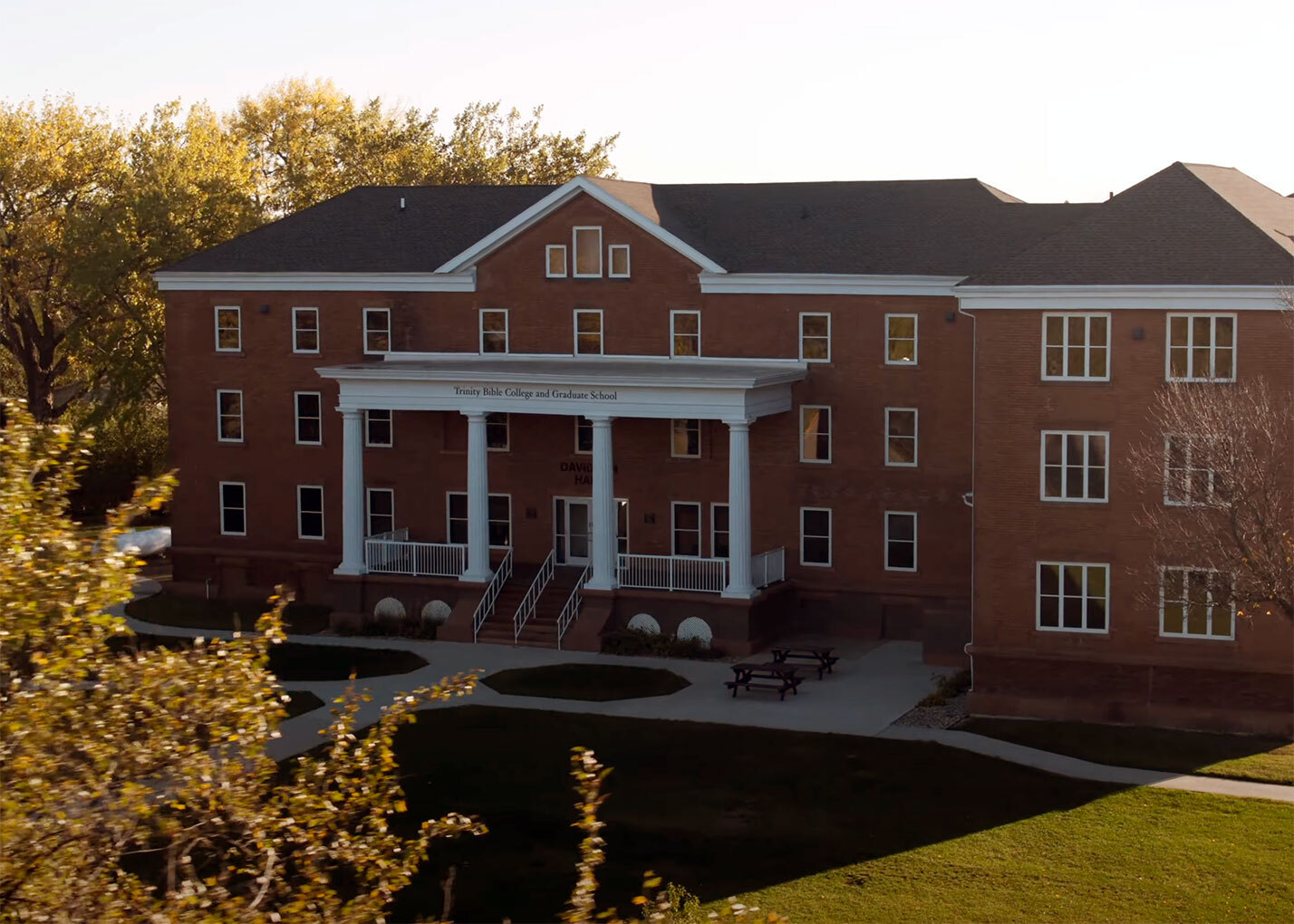
Occupying 28 acres of the North Dakota plains on the eastern edge of the small town of Ellendale, Trinity Bible College and Graduate School has a vision for how its students can go on to affect the world. To bring that vision about, it recently completed a five-year plan to strengthen the college—reducing debt, increasing its endowment, building out its facilities, and adding new academic programs. Part of that effort involved shedding a petrified information system that simply couldn’t help the college move forward.
Matt Payne, Trinity’s Director of Enrollment, sketches out a familiar story. The college’s legacy system had been around for several years when in 2012 several staff members left the school. Consequently, “a lot of knowledge about how the system worked went out the door with them,” Payne said. The system had been poorly implemented in the first place and had forced Trinity into all kinds of workarounds. Academic, admissions, and billing data were all siloed apart from each other; it was like “a bunch of Lego pieces on the ground and no one knew how to put them together.” Subsequent software updates didn’t help, and every new thing the vendor bolted on to it led to more issues. Payne recalls, “We had to manually create usernames and passwords, put them in a spreadsheet, and then IT would program them into the system. It took five minutes just to log in. We were living in 1995 with this system.” The five-year plan was initiated in 2018, and it was clear that something on the software front had to change.
The vendor offered a few options. The first was a “demoralizing” series of trainings that failed to answer most questions and couldn’t hope to address the fundamental software problems. The second was a proposal to migrate their database to a newer version of the software. “We asked them to treat us like a new client, but they just couldn’t deliver.” Payne first encountered Populi at a conference in 2019, initially intrigued by the emphasis on customer support and some faculty deep-dives into the online learning features in Populi courses. He quickly realized Trinity could kill two birds with one stone. “We could solve the software problem, first of all. We wanted something that would work right out of the box. But also, going through the migration process would show us a lot about the institution, give us a fresh start and let us ask the right questions. Because to hit our goals, we needed to ask some deep questions about our systems.”
Academics got the treatment first. During migration, Trinity figured out that it was adhering to various policies and regulations that either didn’t apply or even exist, and Populi’s altogether cleaner data structure helped them shape their processes in a more sensible manner. Admissions followed suit. “We needed to look at how the application process prepared students for entering the school. We learned a lot about what information to gather—and what not to—based on how Populi stores academic records.”
On the financial side, Trinity quickly moved over to their new system, aided by the deep connections between academics and student billing in Populi. And after an arduous and ultimately incomplete implementation of a third-party aid servicer, the college hired an offsite Financial Aid Director who uses Populi to handle Title IV Federal Aid together with a couple of onsite staff members who administrate institutional scholarships.
Along the way, the customer support that had initially piqued Payne’s interest at that 2019 conference didn’t disappoint. “We’ve never had any trouble getting ahold of Populi, and we’ve always gotten quick, clear responses. I really commend the support.”
One point—a key point—in Trinity’s five-year plan was to increase enrollment to 500 campus-connected students, but as of June, 2023, they hadn’t yet met that goal. “We went from 150 to almost 300 in that time,” Payne recounts. “If we’re going to hit our enrollment goals, we first needed a better ecosystem to work in. We wanted to rise to the level of our vision, not fall to the level of our systems.” The clarity granted them from cleaning up their information—going from a floor full of Legos to knowing how the school does and should work—puts Trinity, Payne feels, in a great position to attain that last, crucial item in the plan. “It’s simple. Populi lets us spend less time with the system and more time on the results.”
